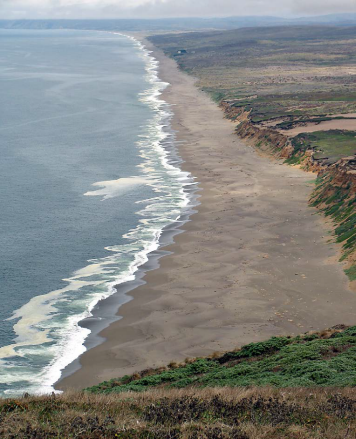Shoreline Assessment Manual
When spilled oil impacts shoreline habitats, trained responders systematically survey affected areas to determine the appropriate methods to use in the spill response. They use a system known as SCAT, or Shoreline Cleanup Assessment Technique. The SCAT system grew out of the response to the 1989 Exxon Valdez oil spill.
NOAA's Shoreline Assessment Manual describes SCAT team members, SCAT roles and responsibilities, the methods and process for conducting shoreline assessment, and using the results to make cleanup decisions at oil spills.
View and Print the Manual: Shoreline Assessment Manual [PDF, 14 MB], updated August 2013.
During a spill response, decisions about which shoreline cleanup methods to use in affected areas must be based on actual conditions, which are documented from field observations of shoreline habitats, type and degree of shoreline oiling, and spill-specific physical processes.
SCAT teams systematically survey affected shorelines to generate the information needed to:
- document the extent and degree of shoreline oiling.
- recommend cleanup methods.
- evaluate the effectiveness of cleanup methods.
- develop cleanup endpoints and guidelines to determine when cleanup activities should be terminated.
- approve the termination of cleanup activities at each segment.
More Information about Shoreline Assessment
Shoreline Cleanup Assessment Technique (SCAT): Here is an overview of SCAT, a simple and comprehensive way to perform a survey of an oiled shoreline.
Shoreline Assessment Job Aid: This job aid was developed for use in the field and to supplement the manual, providing a visual guide to many of the terms used and conditions found during shoreline assessments.
Shoreline Assessment Forms: These are standard forms you can download, print out, and then use to record your observations during a shoreline survey following an oil spill. Different forms have been developed for different habitats and types of oiling (e.g., coastal, river, wetland, tarball oiling, etc.)
 An official website of the United States government.
An official website of the United States government.

